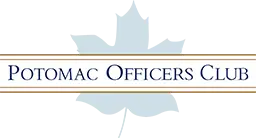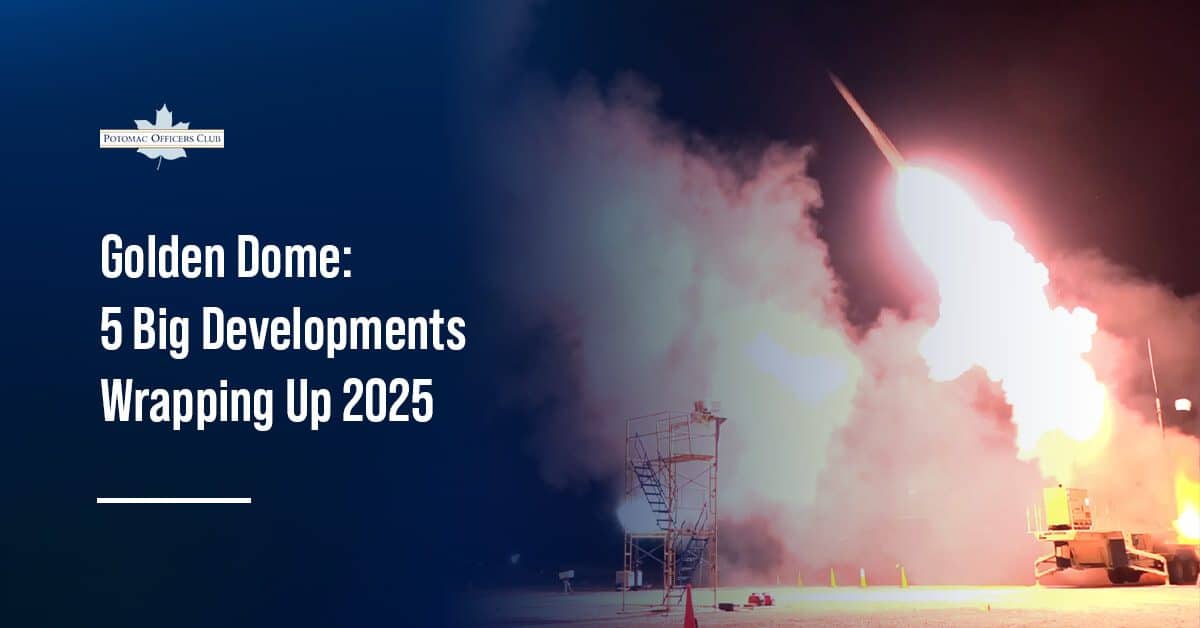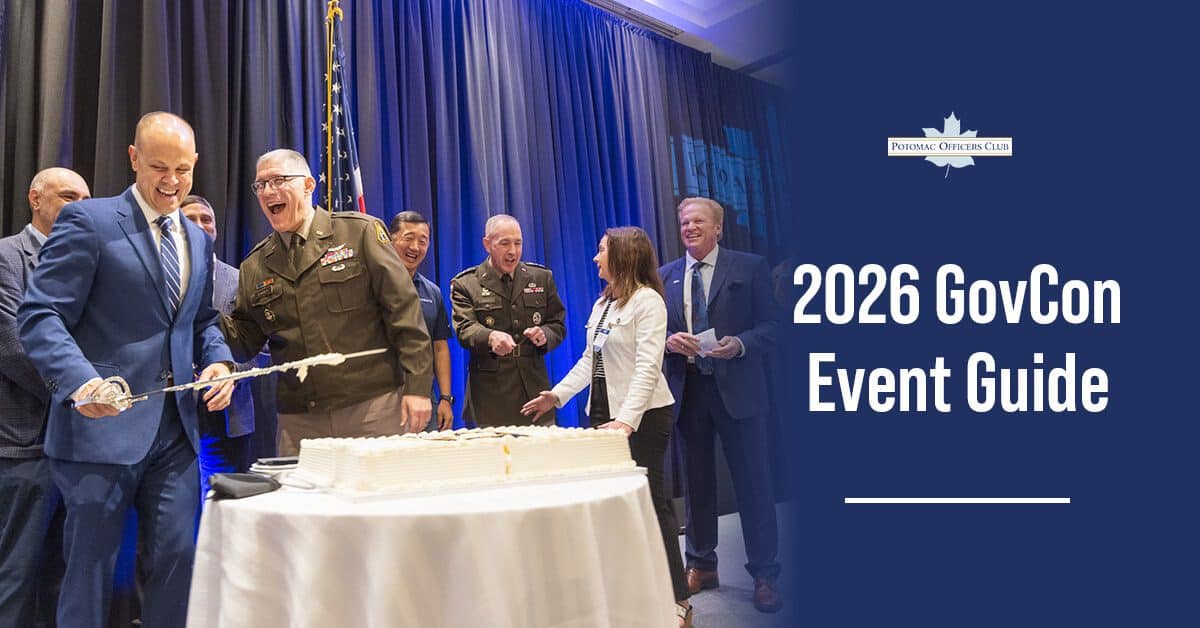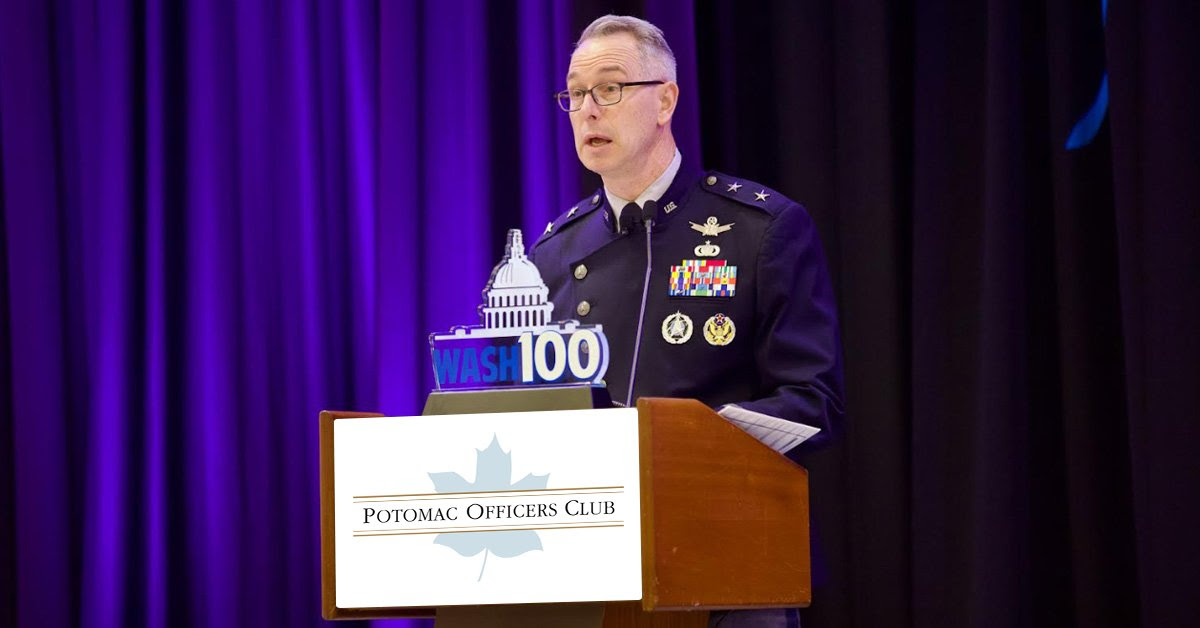
Povak: NRO Rolling Out ‘More Aggressive’ Acquisition Strategy
The National Reconnaissance Office’s acquisition strategy is becoming more aggressive as it focuses on improving the resilience of its systems by proliferating its space ground architecture and satellites on orbit, a top official said July 31 at the Potomac Officers Club’s 2025 Air and Space Summit.
Maj. Gen. Christopher Povak, NRO deputy director, said proliferating space ground architectures will vastly increase the persistence of coverage, expand the production of imagery and signals data, and reduce the timeline to deliver products. He said the NRO will eliminate single points of failure with more satellites on-orbit, making individual spacecraft much less valuable targets to adversaries.
Povak said the NRO is using new acquisition processes and contract models to reduce the time from concept to delivery. When it needs to develop a product or technology that cannot be procured commercially, the NRO often breaks the capability requirement down to smaller components. By leveraging a larger portion of the industrial base, Povak said the agency is opening doors to startups and non-traditional suppliers.
“Let me be clear: the NRO wants to work with you,” Povak said. “If you have innovative products or solutions that can make our operations better, stronger or faster, we want them.”
Learn more about how DOD is using novel acquisition strategies at the Potomac Officers Club’s 2025 Navy Summit on August 26! Attend a fascinating panel discussion, Accelerating Naval Capabilities: Partnering with Industry for Speed to Fleet, and find out how the Navy is getting emerging technologies into sailors’ hands faster. Hear directly from NavalX Director Capt. Joel Uzarski during his keynote address about new contracting tools and Tech Bridges. Sign up today for this highly-anticipated GovCon event!
What Is the Space Reconnaissance Laboratory?
The NRO is also using special agreements available through its recent designation as the Space Reconnaissance Laboratory to expand its contractor base. Povak said as one of the 300 labs in the federal laboratory consortium, the Space Reconnaissance Laboratory allows the NRO to use partnership agreements and cooperative research and development agreements, or CRADAs, to promote flexible and collaborative relationships while protecting intellectual property. This, he said, enables joint knowledge and sharing and testing new ideas, and building relationships with startups and their commercial partners faster than before.
Povak said the NRO is opening its acquisitions to most of the commercial remote imaging industry, both new and emerging providers. The agency’s Commercial Systems Program Office in July issued a request for proposal for the next acquisition under its Strategic Commercial Enhancements effort.
Povak said this Commercial Solution Opening marks the first time the NRO has an acquisition focused on multiple phenomenologies, including electro-optical radar, hyperspectral imaging and radio frequency. It also includes, for the first time, light detection and ranging, or LiDAR. This CSO, Povak said, has a five-year window, unlike NRO acquisitions through broad agency announcements, which have 30-day response timelines.
“We understand that if we are going to deliver faster, we have to [improve] our partnerships with industry,” Povak said. “Which is why we’re unleashing things like CSOs with five-year rolling windows because we always want to test and understand how the industry is growing.”
What Is the Strategic Commercial Enhancements Program?
The NRO remains committed to integrating commercial satellite imagery. Povak said the newest Strategic Commercial Enhancements program is an example of the agency looking at new ways of bringing on commercial providers.
“Commercial to us is not just buying pixels or [radio frequency],” Povak said. “We’re looking at commercially-available processes to increase the scale of production that allows us to proliferate our architectures in space [and on] the ground.”
The agency is in its initial stages of acquisition for its Future Ground Architectures 3.0 program, which will use AI and machine learning data fusion and object curation tools to integrate NRO data with commercial and tactical detections. Povak said FGA 3.0 will support an expanding array of space systems and a massive increase in data collection. NRO is foundationally driving automation and architectural changes that will meet closed-loop tasking, collecting, processing, exploitation and dissemination and low-latency, time-critical missions to improve indications, warning and object custody.
Are you attending the Potomac Officers Club’s 2025 Navy Summit on August 26? It’s an elite GovCon conference specifically designed for military technology professionals. Network with other GovCon titans and collaborate for new business opportunities. Check out the latest offerings from esteemed companies like SAIC, Exiger and Fortress. Discover new requirements before your competition. Secure your seat today and prepare for boosted revenues in FY 2026!
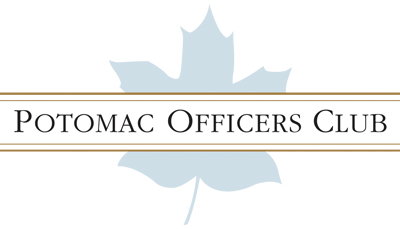
Category: Articles
